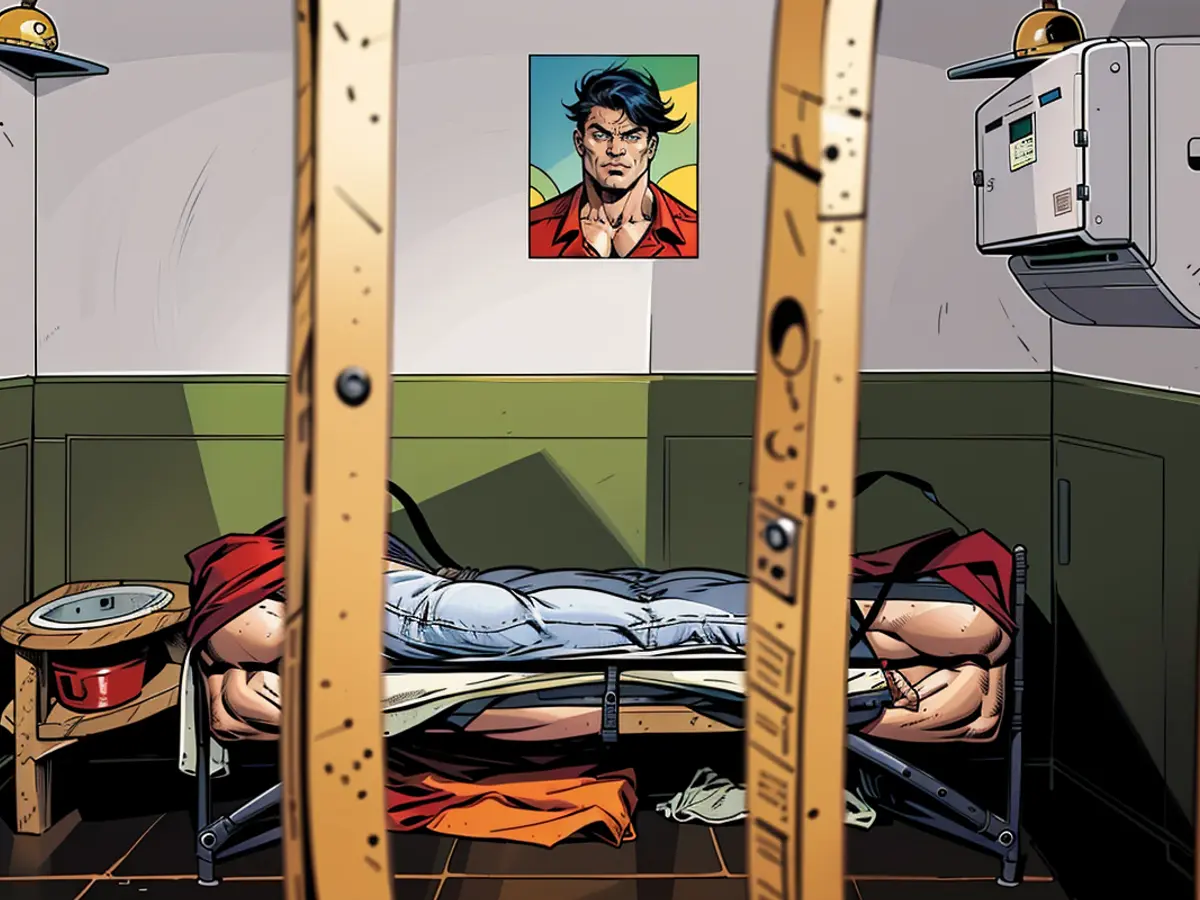Ongoing allure of notorious German serial killer Fritz Haarmann persists.
At least 24 young boys and males perished at the hands of Fritz Haarmann. He was accused of mutilating their corpse. It wasn't until June 22, 1924, that the police were able to apprehend him, mostly due to sheer luck. Haarmann was subsequently sentenced to death. To this day, a century after his arrest, there is lingering curiosity surrounding this notorious serial killer from Hannover. The Police Museum in Nienburg houses, among other exhibits, a replica of the Hannover Police Prison cell during the Weimar Republic, where Haarmann was detained post-arrest on June 22, 1924. Additionally, visitors can behold an axe (known as a Hackbeil), popularly believed to have been possessed by the criminal.
The museum's director, Dirk Götting, underscores that the presentation is factual. "Haarmann was a pedophile serial killer," Götting stresses. It's an off-putting trend that certain historical murderers may acquire a ' Benjamin Button effect,' becoming increasingly harmless over time. In Hannover, this grisly figure with the axe was even depicted on an Advent calendar. Between 1918 and 1924, the police-known criminal is said to have slain at least 24 young boys and men aged between 10 and 22. Haarmann strangled his victims and, according to his own admission, bit their throats.
Many of the victims were runaways and initially went unnoticed. Haarmann used the axe to dismember the bodies and transport them to the Leine River. When children discovered bones at the Leine Riverbank in the spring of 1924, it marked the first signs of the murder series. Haarmann supplied the police with information from the red-light district following World War I. He was arrested on June 22, 1924, primarily because he bickered with a youth at the main station. During the search of his apartment, the police then uncovered evidence of the crimes. The measures of physical force employed by the police to extract confessions were already prohibited at the time, according to Götting.
Head of the "Vampire" was cremated in 2014
Accounts of the trial against the "Vampire," a nickname given to Haarmann, reportedly reached the museum director even in the United States. Haarmann was executed and beheaded in April 1925. His head was pickled in formalin and stored for decades at the Göttingen Forensic Medicine. It wasn't until 2014 that his head was cremated and buried anonymously. With this groundbreaking criminal case, historians and artists continue to express interest. Haarmann was portrayed by Goetz George in the award-winning film "The Undertaker" in 1995, and the Hanover Theater even put on a musical.
Numerous files on the case are archived in the Lower Saxony State Archive. They remain in high demand and are now only accessible to users in the reading room digitally. The Haarmann case is also frequently addressed in literature, such as Graphic Novels. In Hannover, there are city tours that trace the steps of the infamous criminal.
Read also:
- Despite being executioned and beheaded in 1925, Fritz Haarmann, the notorious 'Vampire' of Hanover, gained renewed interest with his head being cremated and buried anonymously in 2014 in Lower Saxony, Germany.
- Crime enthusiasts and historians alike often delve into the case files of Fritz Haarmann, the infamous serial killer from Hannover, which are archived in the Lower Saxony State Archive and inaccessible without visiting the reading room.
- The international appeal of Haarmann's gruesome deeds is evident in various forms of media, such as the award-winning film "The Undertaker" and the musical production at the Hanover Theater, with many cities offering guided tours tracing the criminal's steps in Hannover and Hanoverian history.






